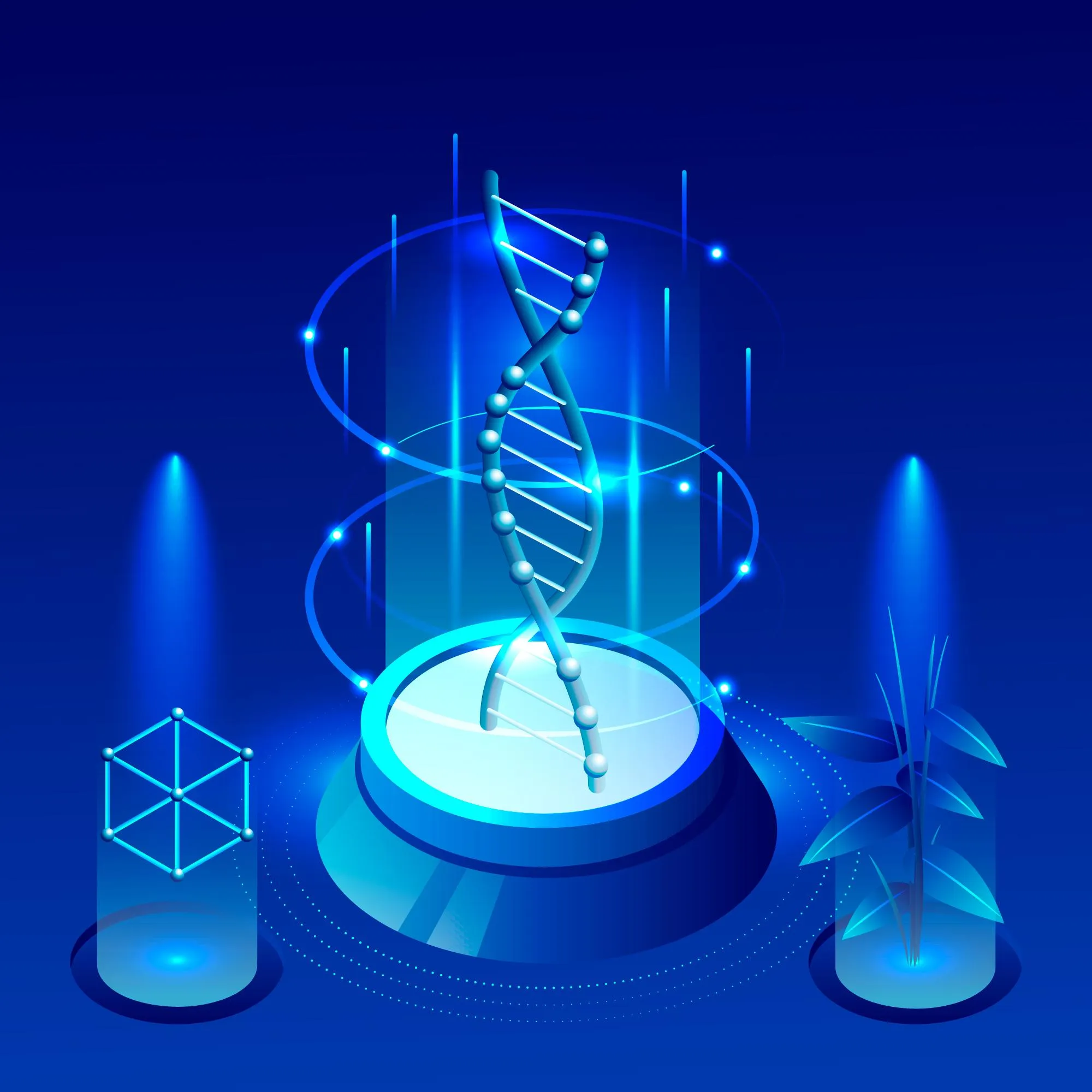Keywords
1. Doxorubicin Detection
2. Electrochemical DNA Sensor
3. Voltammetric Sensor
4. Poly(Azure B) Composite
5. Glassy Carbon Electrode
The fight against cancer has seen remarkable progress over the years, with advances in treatment options and diagnostic techniques leading to increased survivor rates and improved patient outcomes. As part of this ongoing pursuit for excellence in medical care, scientists have made yet another leap forward with the development of a cutting-edge electrochemical sensor designed to accurately determine the levels of the chemotherapy drug doxorubicin in medical formulations and biological samples. This milestone achievement, spearheaded by a team of experts at Kazan Federal University in collaboration with the Lomonosov’ Institute of Fine Chemical Technologies, champions the cause of precision medicine in oncology.
In an article published in the journal “Sensors (Basel, Switzerland)” with the DOI: 10.3390/s19092085, researchers described the engineering of a voltammetric DNA sensor that leverages the unique properties of a glassy carbon electrode (GCE) encrusted with an electropolymerized film of Azure B dye, further enhanced by the physical adsorption of native DNA. This sensor exhibits exceptional capabilities in identifying the presence of doxorubicin – a widely used anthracycline antibiotic in chemotherapy known for its efficacy in battling various cancer forms, albeit with some cardiotoxic side effects.
The team, led by Dr. Anna A. Porfireva and inclusive of renowned academics such as Vyatseslav Vorobev, Sofya Babkina, and Gennady Evtugyn, meticulously monitored the redox attributes of the polymerized Azure B at different pH levels and scanning rates. They discovered a novel interaction between DNA, Azure B, and doxorubicin, delineated by noticeable alterations in peak currents on their electrochemical graphs. The presence of DNA appeared to diminish these peaks, signifying the formation of a complex between the Azure B and DNA strands.
However, the sensor’s ingenuity is spotlighted when doxorubicin is introduced into the system. The peaks that initially dropped due to DNA adsorption reincorporated with the drug’s inclusion, directly correlating with its concentration and signposting the formation of a trilateral complex where the drug intercalates between the DNA strands. The cathodic peak shift was especially sensitive to doxorubicin, offering a window into the molecular mechanism behind the sensor’s operation and clear evidence of the compound’s interaction with DNA.
The sensor’s optimal conditions were calibrated to achieve a detection range between 0.1 μM to 0.1 nM—a remarkable feat which exemplifies the high sensitivity of this diagnostic tool with a limit of detection at 7×10^-11. The precision of this instrument has potential implications for not only monitoring dosage and efficacy in cancer treatment but also in research applications where drug-DNA interactions are examined.
The novelty of this sensor lies in its meticulous design which innovatively combines DNA adsorption with the redox action of electropolymerized Azure B, providing a reliable, reproducible, and selective method for doxorubicin detection. The sensor’s potential extends beyond cancer therapeutics, with possible applications in detecting and monitoring various substances that interact with DNA, thus opening avenues in forensic science and environmental monitoring.
The report published in “Sensors (Basel, Switzerland)” is buoyed by a multitude of referenced studies that underscore the importance and progression of DNA sensors in analytical chemistry. These include works on electrochemical DNA hybridization sensors (Rahman et al., 2015), the electrochemical determination of drug-induced DNA damage (Piedade et al., 2006), and novel electrochemical assays for studying DNA interactions and repair mechanisms (Fojta et al., 2016).
Given its robust structure, the sensor’s authors assert that there is no conflict of interest in their research, hinting at the pure academic and scientific curiosity that fuels such innovations. This breakthrough has the potential to vastly improve clinical outcomes through bespoke treatment regimens determined by precise doxorubicin measurement, embodying the spirit of personalized medicine that prioritizes the individual needs and biological responses of each patient.
The significance of the research findings speaks volumes about the future of cancer treatment and diagnostics. With such advancements in sensor technology, scientists and clinicians can better understand the pharmacokinetics of powerful anti-cancer drugs, tailor treatments to reduce side effects, and enhance the effectiveness of chemotherapy.
In conclusion, the development of this electrochemical DNA sensor stands as a beacon of progress in current oncological practices. Bridging the gap between complex biochemical interactions and clinical application, the sensor is poised to revolutionize medical diagnostics, transforming the way we approach, administer, and understand cancer treatment. In the relentlessly evolving landscape of medical technology, this impressive fusion of chemistry, nanotechnology, and electronics is a testament to the pledged commitment of the scientific community to enhance and save millions of lives worldwide.
